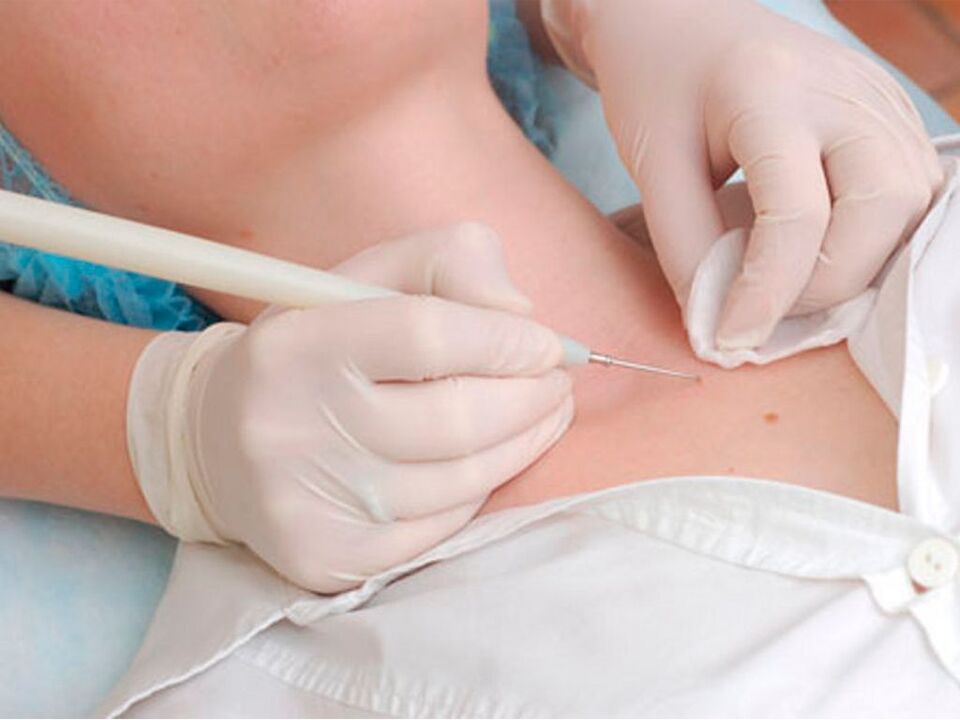
Papillomas are referred to as benign skin and mucous membranes. But certain strains are capable of causing tissue degeneration. That is why experts recommend timely removal of papillomas. This will prevent the appearance of malignant tumors, including the development of cervical cancer in women.
Papillomatous growths appear on the skin and mucous membranes due to ingestion of the human papillomavirus (HPV), which may not manifest itself for a long time. With weakened immunity, tissue damage, chronic transport leads to cell hyperplasia. HPV begins to multiply actively, which causes the formation of papillomas or warts on the skin or genital warts (on the genital mucosa).
Predisposing factors
The following factors contribute to the active growth of papillomas:
- frequent change of sexual partners, sexually transmitted infections;
- household contact with people who have warts, condyloma or papillomas;
- damage to the skin and mucous membranes;
- weakened immunity.
In 80% of people who have reached puberty, HPV is present in an inactive form. The virus does not cause neoplasm growth until 6-8 months after contact with a virus carrier. The exceptions are genital warts and papillomas - they appear in the first weeks after intimate contact with an infected person.
Why remove papillomas
Papillomavirus is fraught with serious health threats. Strains with a high oncogenic risk are particularly dangerous: 16, 18, 30, 31-35, 56-59, 67-68. When papillomatous growths appear, it is necessary to consult a dermatologist or veterinarian. The doctor will perform an external examination and prescribe a PCR diagnostic, which will identify the viral DNA and determine the degree of oncogenicity of a particular strain.
Also, the specialist will choose the most effective surgical technique. Only a doctor, having the results of the examination, can know exactly how to remove a papilloma with minimal health risks. It is not recommended to abandon such a neoplasm. Under the influence of unfavorable factors, they can become inflamed, bleed, lead to benign or malignant tissue hyperplasia.
Important!It is very important to remove papillomas in intimate places - it is here that neoplasms with a high oncogenic risk most often appear.
If papillomatous growths are found on the external genital organs (vulva, perineal area, foreskin), it is necessary to consult a venereologist. In addition, it is worth passing the tests prescribed by the doctor, the purpose of which is not only to determine the type of HPV, but also to detect concomitant urogenital infections.
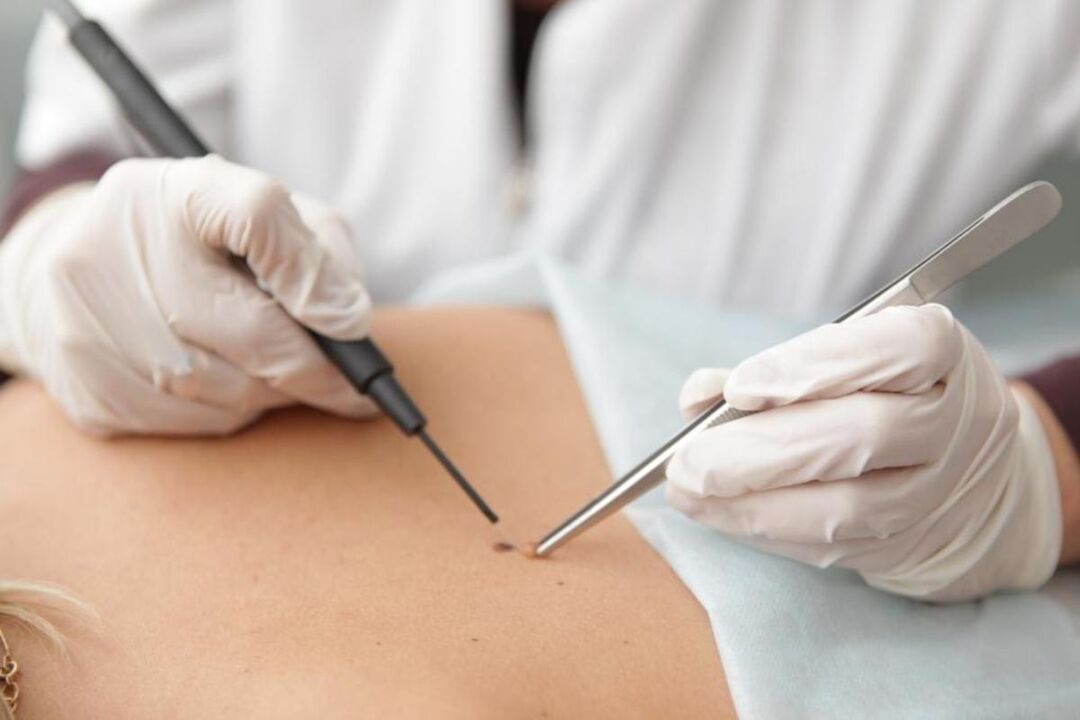
Papilloma surgical treatment
The main methods of surgical treatment for papillomas:
- the use of special local means that can be used to remove papillomas at home;
- cryodestruction (removal of papillomas with liquid nitrogen);
- laser coagulation (laser removal of papillomas);
- removal of papilloma radio waves;
- excision of the formation with a scalpel.
One of the listed methods can remove papillomas. The specialist will help you choose the appropriate option, taking into account the location of the neoplasm, the number of papillomatous growths and diagnostic data. Before removing the papilloma, the doctor must ensure that there is no malignant process. With a high oncogenic risk, experts prefer the classic method of removing papillomas - excision of the neoplasm with a scalpel.
The main indications for removing papillomas:
- the desire to eliminate cosmetic defects in the form of single or multiple papillomatous growths on the skin and mucous membranes;
- frequent damage to neoplasms located under the armpits, on the neck, in the groin folds, bleeding and inflamed, leading to an increased risk of tissue malignancy;
- detection of papillomas with moderate and high oncogenic risk;
- the presence among relatives of people with malignant neoplasms;
- the place of localization of papillomas is the genitals and internal genital organs.
The right time to remove papillomas
Before removing papillomas on the body and face, doctors warn patients about possible complications, including the formation of age spots. The risk of pigmentation is higher in spring and summer. Many people are interested in whether it is possible to get rid of papillomas in the summer. If the formations are located in open areas of the body or on the face, it is better to postpone the operation for the winter, when the probability of secondary infection and the formation of pigmentation is lower (the activity of UV rays in the autumn-winter period is reduced).
Important!It is not enough to simply remove the neoplasm - thus it will not be possible to stop the growth of the papillomavirus. Surgical methods should be combined with therapeutic methods.
It is impossible to completely get rid of HPV - a small amount of the virus will remain in the body. But in combination with antiviral agents, surgical methods give the highest treatment results.
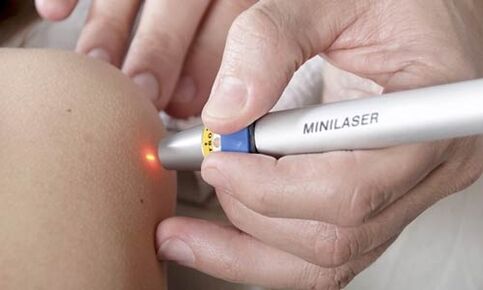
Papilloma removal with laser
Laser removal of papillomas is a modern method of surgical treatment of HPV. Most often, specialists use carbon dioxide laser systems. After the procedure, there are no scars and blemishes on the skin. The high cost of laser removal of papillomas corresponds to the effectiveness of this method. The final cost depends on the size and number of lesions. At a time, the doctor can perform laser destruction of up to 5-20 medium-sized formations. After examination and consultation, the specialist will say exactly how much it will cost to remove the papilloma and give detailed recommendations. In addition, antiviral treatment is mandatory. Medications are also selected by the attending physician.
With the help of a laser, papillomas can be removed from any part of the body, including the genitals. This method is bloodless and non-contact. Laser has an anti-inflammatory effect on tissues, seals blood vessels, prevents bleeding. Most often, papillomas appear on the hands (warts) and on the neck - in the form of filamentous growths that are easily damaged during hygiene procedures. Such neoplasms do not have a high oncogenic risk, but it is still better to get rid of them.
Features of papilloma laser removal
A dermatologist is consulted before the procedure. The doctor examines the skin, identifies possible contraindications:
- tissue damage;
- local inflammation of the skin and mucous membranes;
- pregnancy;
- exacerbation of any infectious process;
- herpes.
During laser removal of papillomas, a semiconductor laser is used, which vaporizes the viral neoplasm and at the same time thickens the blood vessels. After the destruction of the papillomamatous result, a protective crust (scab) forms on the skin. It refused by itself a week after deletion. 2 months after the procedure, the skin tone is completely even. The site of the papilloma will be no different from the adjacent tissue.
Skin care
The scab that forms after laser removal of the papilloma should be protected from sunlight, water and cosmetics. Do not try to tear the crust forcibly - this can lead to wound infection, severe scarring and increased tissue healing time.
After the scab has subsided, it is advisable to lubricate the skin with sunscreen before going out. This will prevent the formation of age spots. There is no need to wear sunscreen during the winter months.
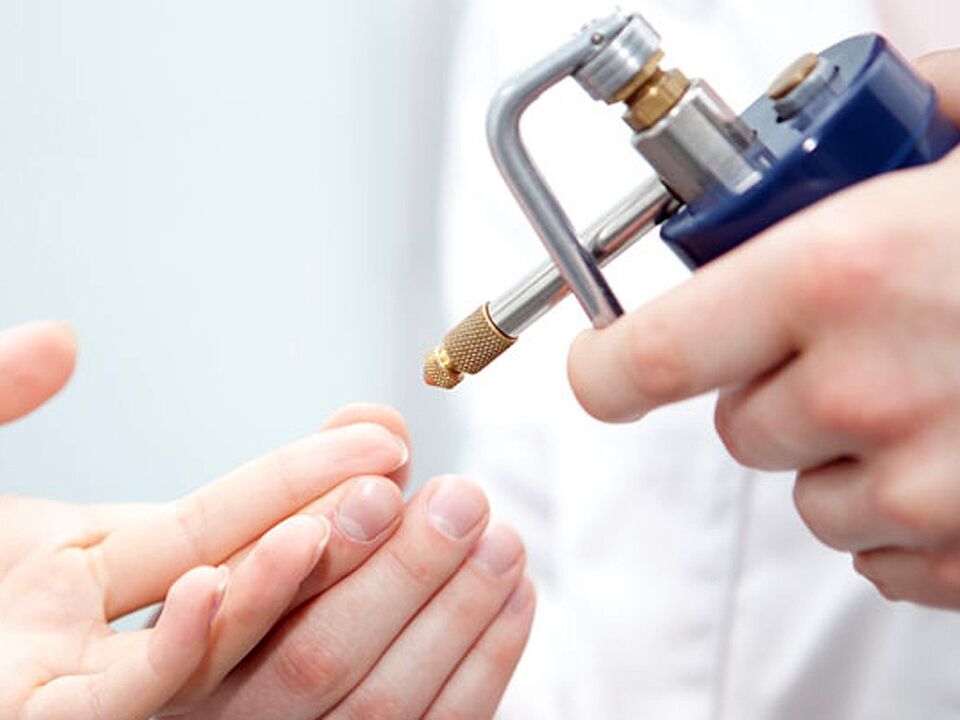
Papilloma removal with nitrogen
Removal of papillomas with nitrogen involves freezing of the neoplasm (cryodestruction). This method is effective for single papillomatous growths on the skin. A significant disadvantage of cryodestruction is the inability to control the depth of tissue coagulation. Therefore, it is very important to take a responsible approach to the choice of the clinic where the papilloma should be removed. Doctors must have permission to perform surgery.
Extremely low temperatures stop metabolic processes in the cells of the neoplasm, leading to their death. At the site of the removed papilloma, necrotic areas are formed, which are gradually replaced by healthy tissue. Cryodestruction is available for most patients. The procedure is much cheaper than other methods (laser coagulation, radio-wave removal of neoplasms).
It is possible to remove papillomas both for aesthetic reasons and in the presence of certain indications. Of particular concern are neoplasms, which sharply increase in size, change their color and shape, become inflamed, and are injured during hygiene procedures.
Features of cryodestruction
Before removing papillomas with liquid nitrogen, the doctor carefully examines the skin, assesses the general state of health, and identifies possible contraindications:
- acute infectious process;
- decompensated stage of somatic disease;
- exacerbation of skin diseases;
- herpes;
- tissue damage in the area of \u200b\u200bthe neoplasm;
- pregnancy period.
Removal of papillomas with nitrogen is carried out without anesthesia. The cryodestructor applicator is placed over the neoplasm for 1-2 minutes. The skin becomes white and cold, and temporarily loses its sensitivity. During the procedure, there may be a slight tingling sensation, a burning sensation may appear. Within a few hours after the procedure, the skin swells and turns red, and within 24 hours after cryodestruction, vesicular elements appear in the treated area, in which there is serous fluid.
Cryonecrosis of tissues lasts up to a month, after which the dead area of \u200b\u200bthe neoplasm is rejected, and invisible spots appear in its place, which will disappear completely 3-5 months after applying liquid nitrogen.
Skin care
During the first weeks after removal of papillomas by cryodestruction, it is recommended to protect the skin from moisture, sunlight and other adverse factors. If severe inflammation occurs, you should consult your doctor. Usually, the tissue heals on its own, but at a low rate of epithelialization, the doctor may recommend cosmetics that accelerate the regeneration of damaged skin.
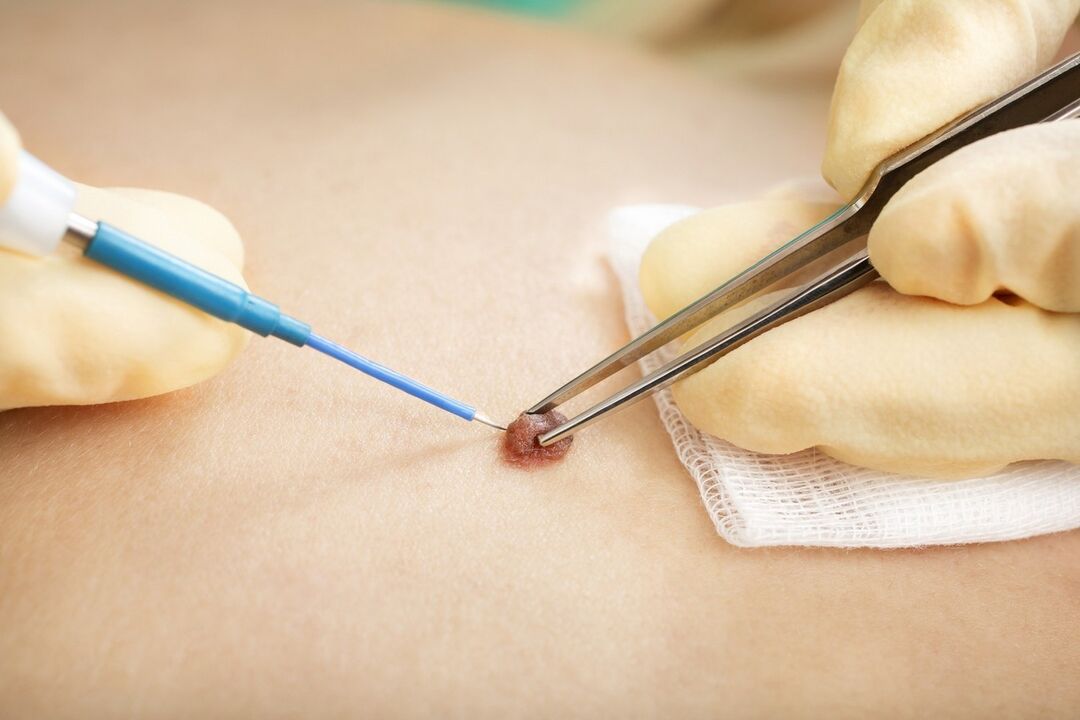
Papilloma removal by electrocoagulation
Papilloma electrocoagulation involves removing growths on the skin with an electric current. The method is quite traumatic, but has an affordable cost. High-frequency current coagulates neoplasm proteins, causing tissue rejection.
Procedure features
Before electrocoagulation, a specialist can prescribe dermatoscopy, PCR and other laboratory diagnostic methods. The doctor examines and identifies possible contraindications:
- exacerbation of herpes infection and any inflammatory process;
- pregnancy;
- suspicion of malignant nature of papillomas;
- excessive skin sensitivity, allergic reactions to electric currents;
- severe exacerbation of somatic disease, especially in the decompensated stage.
Skin care
Papilloma electrocoagulation does not require complicated skin care. It is important to avoid the action of predisposing factors that can trigger inflammation and the addition of secondary infection. During the first weeks, the formed scab is rejected, after which the skin is completely cleaned and replaced with new cells. It is important to avoid exposure to direct sunlight during this period. Your doctor may suggest treating the wound with a weak solution of potassium permanganate.
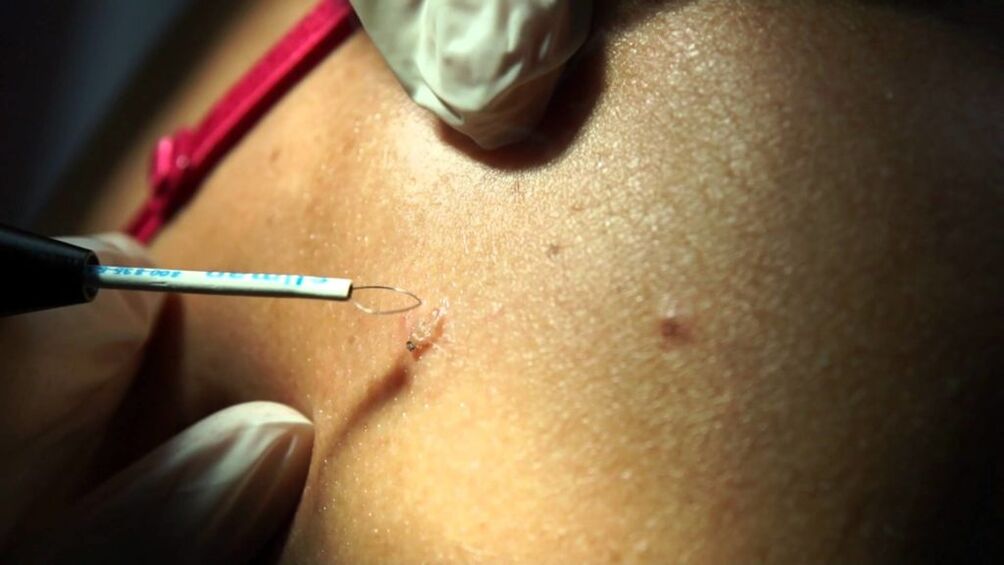
Removal of radio waves from papillomas
Removal of papillomas by the radio wave method is accompanied by atraumatic incision and coagulation of neoplastic tissue. Radio waves provide a very accurate effect, while not injuring healthy tissue and inhibiting the spread of HPV through the bloodstream. Radiosurgical devices used in modern clinics are distinguished by their safety and allow minimizing the risk of any complications.
Procedure features
Early diagnosis allows you to determine the amount of virus in the body, the type of HPV and the degree of oncogenic risk. When choosing a treatment method, the doctor takes into account the general state of health and identifies possible contraindications:
- pregnancy, menstruation;
- exacerbation of infectious and inflammatory processes and somatic diseases;
- the presence of a malignant tumor;
- exacerbation of herpes infection;
- damage to the skin at the site of exposure to radio wave equipment.
High frequency energy cuts the skin, thickens blood vessels and papilloma tissue. In this case, the electrodes do not have direct contact with the tissue, which avoids the sensation of pain and muscle spasms. In contrast to the electrocoagulation method, using radio waves, it is possible to reduce the thermal exposure time and reduce necrosis of the treated area.
Skin care
This procedure is performed under local anesthesia. Papilloma removal only takes 15-30 minutes. In the place of the treated tissue, a point scab remains, which in a week is rejected by itself, leaving no rough scars or other defects. During the recovery period, it is recommended to limit contact with water and ultraviolet light; You should not use cosmetics and household chemicals.
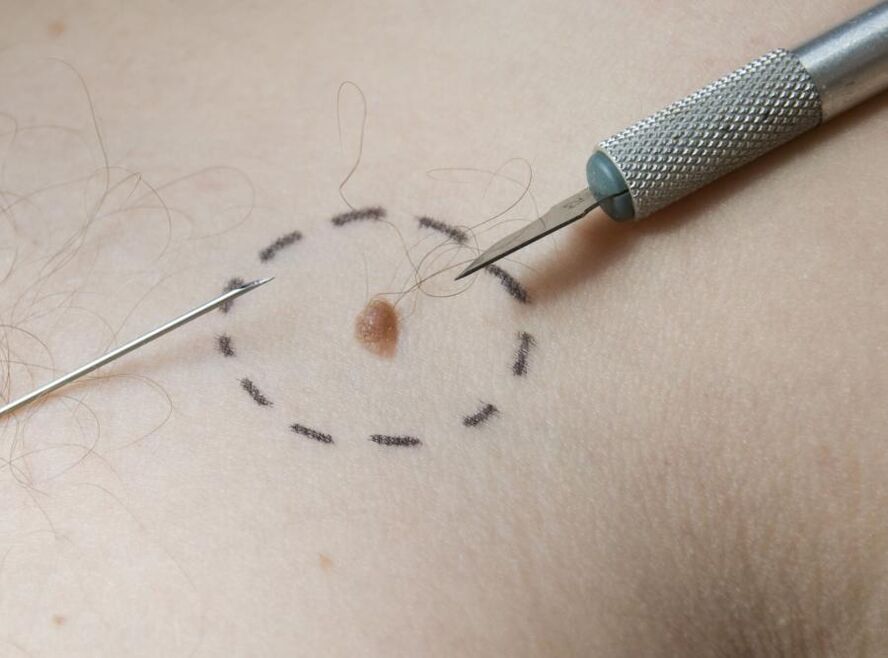
Surgical excision with scalpel
Removal of papillomas with a scalpel during classical surgery is rarely used, especially when signs of malignant neoplasm are detected. In this case, the surgeon removes the papillomatous growth by capturing the healthy skin.
The way is traumatic, leaving scars and stains. If desired, they can be removed using lasers and other cosmetic procedures, including acid peels. Specialists try not to use surgical excision of papillomas on open areas of the body and on the face.
Means for removing papillomas
Drugs for removing papillomas and warts act in the same way: they contain substances that cause the destruction of neoplastic cells with the formation of small scabs in the future. It is recommended to use drugs of the modern type, which have a lower risk of complications in the form of secondary infections, acute inflammatory reactions, spots and scars. It is also possible to use cryopreparations that can replace standard cryodestruction.
Removing papillomas at home is quite dangerous, especially with large neoplasms. It is better to contact a specialist who will choose the optimal treatment option, including antiviral therapy, which prevents the recurrence of human papillomavirus infection in the future. A professional will tell you how to get rid of papillomas at home and whether it's worth it. Preparations for topical application for skin growths are used for single small neoplasms.
Since it is not always possible to get rid of papillomas only with the help of pharmaceutical products, it is still advisable to consult a dermatologist. For small neoplasms, doctors may recommend drugs that are proven to destroy papillomatous growths. In addition, it is recommended to use an antivirus agent. The integrated approach increases the effectiveness of the entire treatment process. Antiviral agents can be dispensed with only if the papilloma is solitary and not susceptible to proliferation and malignancy.
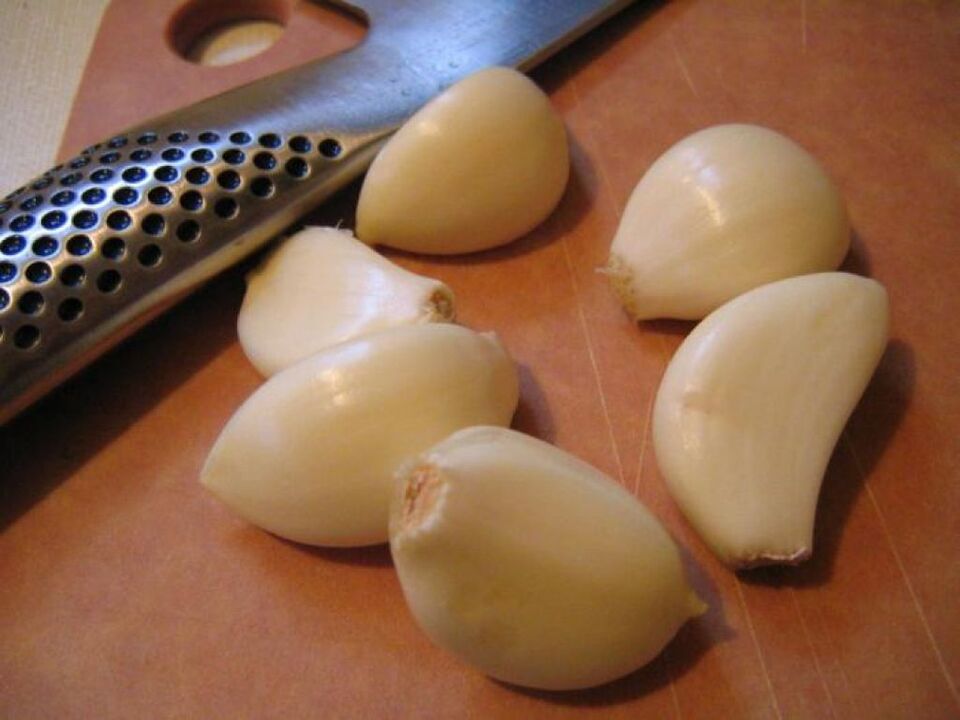
Papilloma removal by traditional methods
Removing papillomas with folk remedies at home is very popular. Society does not take the papilloma virus seriously. Many do not even know that papillomas can be malignant. Since it is almost impossible to get rid of papillomas at home without health risks, it is recommended to consult a dermatologist in advance. Using modern diagnostic methods, the doctor will be able to assess the nature of the neoplasm and choose an effective treatment regimen.
Common methods for removing papillomas at home
You can remove papillomas at home using the following tools:
- celandine juice;
- Garlic;
- green walnut juice;
- salicylic acid.
Important!The listed methods destroy growths on the skin. The use of such funds on mucous membranes is strictly prohibited due to the high risk of acute inflammatory reactions and chemical burns.
Most often, celandine juice is used to remove papillomas. The affected skin area is treated with this remedy several times a day. In this case, celandine should not be applied to healthy tissue. To prevent burns, it is recommended to treat the unaffected skin with vegetable oil or zinc ointment before applying the juice.
Garlic has a disinfectant effect, with long-term use it helps to remove warts and papillomas. However, this method is not suitable for people with sensitive skin. Garlic often causes an inflammatory reaction, a burning sensation and redness.
Salicylic acid contributes to the destruction of skin growths provoked by the active reproduction of the papillomavirus. The drug is often included in ready-to-use preparations for the removal of papillomas and warts. Salicylic acid is applied several times a day until the neoplasm completely dies.
Green walnut juice is very staining on the skin. The tool must be used for a long time to reach the papilloma wilt. The processed fabric acquires a dark brown hue, the appearance of peeling and dryness of the skin is possible.














































































